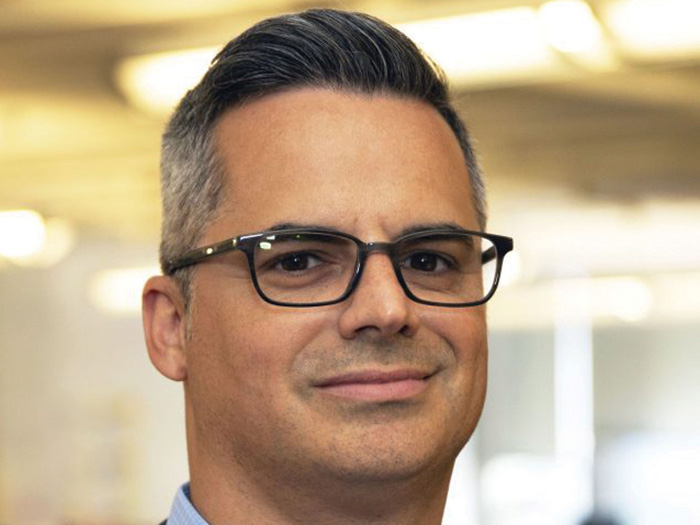10 Crucial Civil Unrest Safety Considerations for Your Business and Your Employees

It’s been a little over one month since George Floyd died after being detained by three Minneapolis police officers.
After weeks of protests for racial equality, an anxious nation faces an unknown future. For business owners, it’s hard to forget those first few nights, when peaceful protests were overshadowed by rioting, citywide curfews and street closures.
While many of the protests began peacefully, and many of the more recent protests have remained peaceful, business owners may still be concerned about future demonstrations.
Riots add uncertainty and may halt business operations. That means business owners need to prepare for any and all potential scenarios going forward.
Here’s a 10-step checklist for resiliency amid civil unrest:
1) Make a Plan
Determine logistics for employees, closing procedures, equipment shut-downs, and business continuity procedures — well before you need them.
“In the middle of riot or looting is not the time to make a plan. You need to execute a plan well in advance,” said Mark Walls, vice president of communications and strategic analysis at Safety National.
2) Monitoring
Keep your eye on social media to learn about protest routes and see if the mood has turned from peaceful to contentious.
“I search #DallasProtests when I need to know what is being tweeted and see where spontaneous protests might pop up,” said Renata Elias, senior consultant at Marsh Risk Consulting’s Strategic Risk Practice, who lives in the Dallas area.
3) Communicate
Once you learn about protest plans and determine how they might impact your business, deliver that information to employees and customers. If you’re closing early, notify your community on Facebook, Instagram or Twitter. Do a mass SMS message or email to staff. When in doubt, over-communicate.
“Develop your strategy and messaging ahead of time. It’s always easier to tweak if you have to,” said Elias. “It’s very difficult to put messaging together on the fly for employees, customers and other stakeholders.”
4) Secure Your Space
If you have the resources, install a steel gate to protect your entryway. Also, lock valuables and fragile items away and out of view. If you have physical security, increase patrols around your space and use cameras to watch from afar. If necessary, block windows and doors with plywood.
“There has been a lot of demand for plywood and a contractor to put it up, so give yourself time to get those things in place,” Elias said.
5. Train Staff on Power-down Procedures and Protect Sensitive Equipment.
Use off-peak hours to practice shutting down high-tech equipment and powering it up again. Identify critical equipment and the cost of disruption if it were stolen or broken. Imagine worst-case scenarios and work backwards.
“Imagine a crucial piece of equipment is gone. What are you going to do? Or if it’s broken, how long will it take to repair?” said Jack Holt, risk control consulting director, business resiliency at CNA Insurance.
6. Help Employees with Travel Logistics.
Street shutdowns and highway exit closures can happen with little warning. Also, curfews might overlap with work hours at essential businesses like hospitals or transit authorities. The best plan is to be mindful of your people. Go over shelter-in-place procedures in case it’s too dangerous to leave.
“Give people time to get home. Be mindful of your people and the time it takes them to travel to and from work. You can’t just close your store or restaurant 30 minutes before curfew,” said Walls.
7. Lookout for Mental Well-Being.
The current political climate can produce serious anxiety and stress. It’s important to have resources available to help employees talk things out. If you have an employee assistance program (EAP) to offer mental-health services, make sure to promote it to employees so they know they’ve got somebody to talk to in times of stress.
8. Focus on Business Continuity.
Think about how you’re going to operate in the future. Can you move to a different location? Can people work from home (or continue working from home if you’re still closed due to the pandemic?)
“Review plans and procedures so if your people can’t get into the workplace, or you lose power or technology, you have a continuity plan that addresses those needs so you can continue operating,” said Elias.
9. Look Out for Partners.
Suppliers and other partners may feel pressure to deliver goods or services despite civil unrest. If things are getting too unpredictable near your business, make sure suppliers understand that you’re comfortable with them fulfilling your order another day.
“It is important to be ready to inform suppliers when it is not safe to receive deliveries,” said Holt. “That will help suppliers protect their drivers and assets.”
10. Include your Insurance Broker in the Process.
A broker should be a defacto member of your crisis team. They’ll help you develop a strong response plan, better understand your policies, and expedite any claims that might occur.
“Start working closely with your insurance broker before something happens,” Elias said. “If you already had that discussion and have been proactive, it makes the claims process much easier.” &










